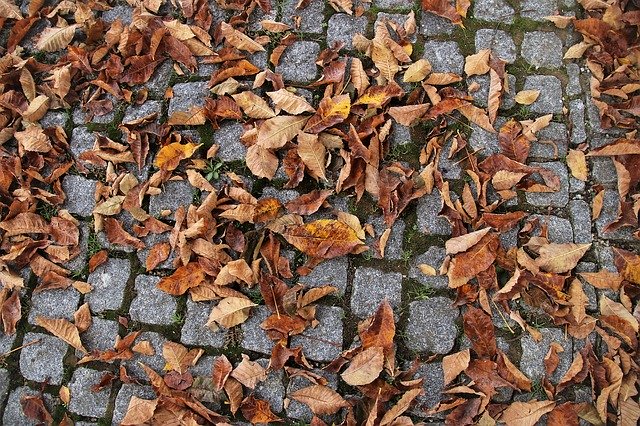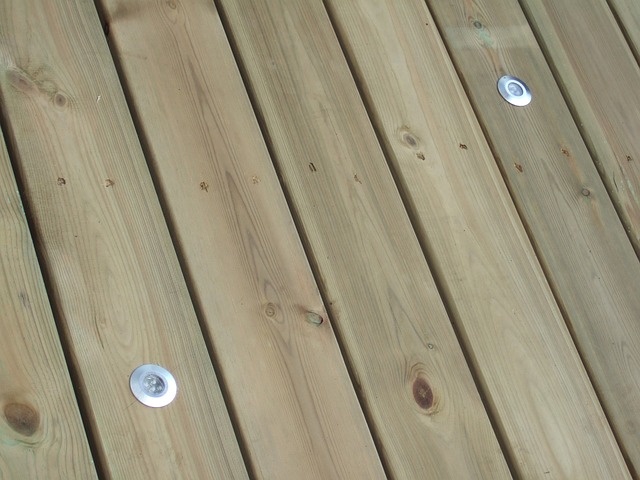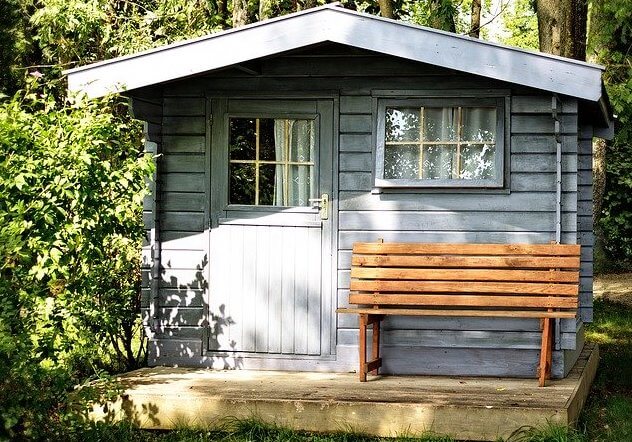If you’ve noticed the garden starting to look cluttered with gardening tools, furniture, or even just kids’ toys, and the garage is already full to the brim, you might have started thinking about buying your first garden shed. Whether it is a wooden or metal one, if you’re planning on putting it up in your garden yourself, you’re going to have to know how to build a shed base on soil.
Without a good solid base on which to build your shed on, you are in for all kinds of trouble. Luckily, there are plenty of solutions out there, and we cover the best of them in this article, so read on and you can pick whichever one you think is best for you.
Why do I need a shed base?
This is a question I’ve heard being asked more times than I can remember, and is usually followed up with something along the lines of ‘can’t I just build it directly onto the ground?’ or something similar.
The answers to these questions are a definite ‘YES’ you do need a shed base on your soil, and ‘NO’ you can’t just build on the ground for the following reasons:
- The ground will get wet at some point, and in a place like the UK that sees more than its fair share of rainy days, that’s probably going to happen sooner rather than later. Wet ground will not only cause damp conditions inside the shed, which will lead to its own set of problems, but will also damage your shed itself either in the form of rot with a wooden shed, or rusting on a metal one.
- In all my years spent in gardens of all shapes and sizes, I’ve yet to find one that had completely flat ground. They simply don’t exist unless you’ve gone through the very long process of making the ground so artificially.
Building your shed on uneven ground will eventually lead to the structure becoming unstable and might even cause the shed to warp and eventually fall apart. Not what you want.
Building a solid and flat shed base can increase the life of your shed by years, if not decades if done right, so don’t be a wally and put one down.
Interesting articles you might like:
Pick the best shed base
Choose from the best garden sheds
Find the right shed alarm for you
Best wood preservative for your shed
Should I build a temporary or permanent shed base?
While there are some benefits of building a permanent shed base if you own the property and land, I would still always suggest going with a temporary one. My exception to that rule is to build a concrete shed base if the structure you are planning to build is particularly big and heavy.
Temporary shed bases are usually easier to build, cheaper, and more importantly, easy to deconstruct if you want to make changes to your garden later.
There are loads of different types of temporary shed bases available these days, but we have decided to take a look at the most popular here:
Types of shed bases
Paving slabs/stones have long been used as shed bases due to the fact that they last for such a long time and are extremely strong.
The downside to building a shed base out of paving slabs is that you have to do a lot of ground preparation before laying them down or you could end up with them sinking into the soil over time, and this will make your shed unstable.

Wooden frames can work well with sheds made from timber but aren’t suitable for metal or plastic models.
These frames have large wooden pegs on the underside that you stick into the ground and then use a spirit level to get it just right. One of the advantages of this kind of shed base is that you get good airflow under the shed and this will keep the flooring dry.
There are also variations of these frames that sit on top of adjustable metal jacks, and these can be great for really uneven ground as the adjustments can be made quickly, making leveling off so much easier.
If you’re going to buy one of these shed bases, make sure that you get a good quality one that is made from pressure treated wood.

Some people like to use wooden decking as a base for their shed as they give good clearance from the damp earth and are very stable. However, you have to make sure that the decking is strong, and that it can support the weight of your shed and all the things you will be filling it with. Again, pressure treated timber is the way to go with these types of shed base.
One of the most popular types of shed base these days are plastic grids. Offering a low-cost alternative to using paving slabs as your shed base, these plastic grids are still very strong and offer up some additional benefits such as better airflow, and the fact that they are easy to cut to size to match your shed.
Plastic grids still need to be placed on well prepared ground though, just like paving stones so be prepared to put a bit of work in first if you go with these.
Other things to consider
You don’t usually require planning permission for a garden shed, but if you are building a larger structure, or something that might be deemed as permanent, you might need planning permission from the relevant authorities.
Another thing to consider is a power supply to your shed. If you plan on having electricity in your shed, you should talk to a qualified electrician BEFORE taking any steps in building your shed base.
